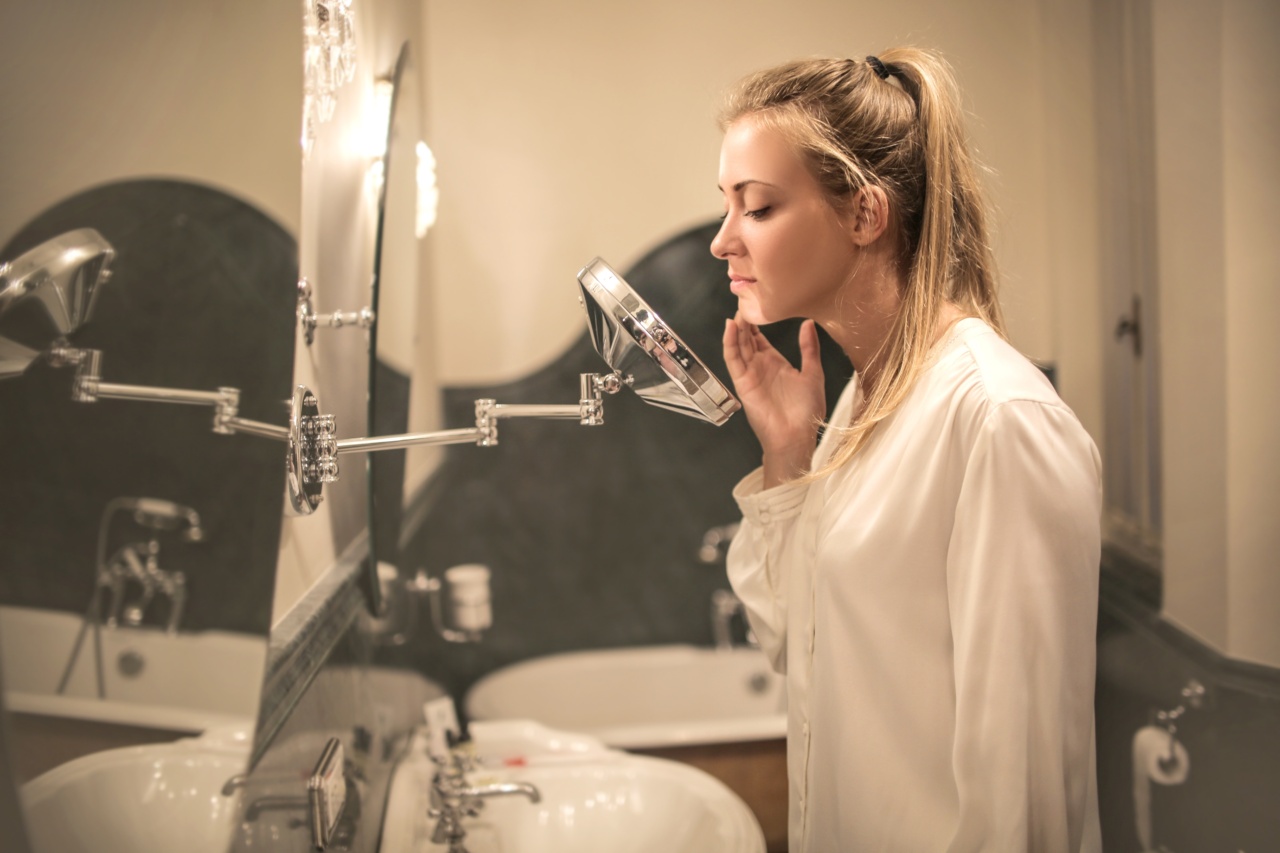Acne is a common skin condition that affects people of all ages. While it is often associated with teenagers, adults can also suffer from acne. Acne can be a frustrating and embarrassing condition, and people often try multiple treatments without success.
However, dermatological mapping can help decode your acne and lead to a more effective treatment plan.
What is dermatological mapping?
Dermatological mapping is a process whereby a dermatologist maps out the different types of lesions on a patient’s skin. This can include acne, as well as other types of skin conditions such as rosacea or eczema.
By identifying the type and location of lesions on the skin, a dermatologist can better understand a patient’s condition and develop a more effective treatment plan.
Why is dermatological mapping important for acne?
Acne is a complex condition with many different causes and types of lesions. Some people may have only a few pimples on their face, while others may have widespread acne on their face, back, and chest.
Dermatological mapping can help identify the type and severity of acne a person has, as well as the underlying causes. This information can help guide treatment decisions and improve the effectiveness of acne treatment.
The different types of acne lesions
Acne lesions can be broadly classified into two categories: inflammatory and non-inflammatory.
Non-inflammatory acne lesions
The most common non-inflammatory acne lesion is the comedone, which is a plug of sebum (oil) and dead skin cells that forms in the hair follicle. Comedones can be open (blackheads) or closed (whiteheads).
Inflammatory acne lesions
Inflammatory acne lesions can be further divided into three types:.
- Papules are small red bumps that are tender to the touch
- Pustules are similar to papules, but also contain pus
- Cysts and nodules are large, painful lesions that can persist for weeks and may lead to scarring
The different types of acne
Acne can be further classified into different types based on the location and severity of lesions. Some common types of acne include:.
Acne vulgaris
Acne vulgaris is the most common type of acne and is typically associated with adolescence. It is characterized by comedones, papules, and pustules on the face, back, and chest.
Cystic acne
Cystic acne is a severe form of acne that is characterized by deep, painful cysts and nodules. It is most often found on the face, but can also occur on the back and chest.
Acne mechanica
Acne mechanica is a type of acne that is caused by friction, pressure, or rubbing on the skin. It is often seen in athletes or people who wear tight clothing or backpacks.
Acne rosacea
Acne rosacea is a type of acne that affects middle-aged adults and is characterized by redness and flushing of the face, as well as papules and pustules.
Treating acne based on dermatological mapping
Dermatological mapping can help identify the best treatment plan for a person’s acne. Depending on the type and severity of acne, as well as the underlying causes, treatment options may include:.
Topical medications
Topical medications are applied directly to the skin and can be effective in treating mild to moderate acne. Some common topical treatments include:.
- Retinoids, which help to unclog pores and reduce inflammation
- Benzoyl peroxide, which kills bacteria and reduces inflammation
- Salicylic acid, which exfoliates the skin and unclogs pores
Oral medications
Oral medications are often prescribed for moderate to severe acne. Some common oral medications include:.
- Antibiotics, which help to kill bacteria and reduce inflammation
- Isotretinoin, which is a powerful retinoid that is used to treat severe acne
- Spironolactone, which is used to treat hormonal acne in women
Procedures
In some cases, procedures may be recommended to treat acne. Some common procedures include:.
- Chemical peels, which use a solution to exfoliate the skin and unclog pores
- Microdermabrasion, which uses a special tool to exfoliate the skin and unclog pores
- Laser therapy, which can help to reduce inflammation and kill bacteria
Preventing acne
While not all cases of acne can be prevented, there are some steps that people can take to reduce their risk of developing acne:.
- Wash your face twice a day with a gentle cleanser
- Avoid picking or squeezing pimples, as this can lead to scarring and further inflammation
- Avoid touching your face, as this can transfer dirt and bacteria to your skin
- Avoid using oily or greasy products on your skin or hair
- Eat a healthy diet that is rich in fruits and vegetables and low in processed foods and sugar
Conclusion
Acne is a common and often frustrating condition that can be difficult to treat. However, dermatological mapping can help identify the type and severity of acne, as well as the underlying causes.
With this information, a dermatologist can develop a more effective treatment plan that targets the root causes of acne. By taking steps to prevent acne and seeking treatment when necessary, people can reduce the impact of acne on their lives and improve their overall skin health.





























